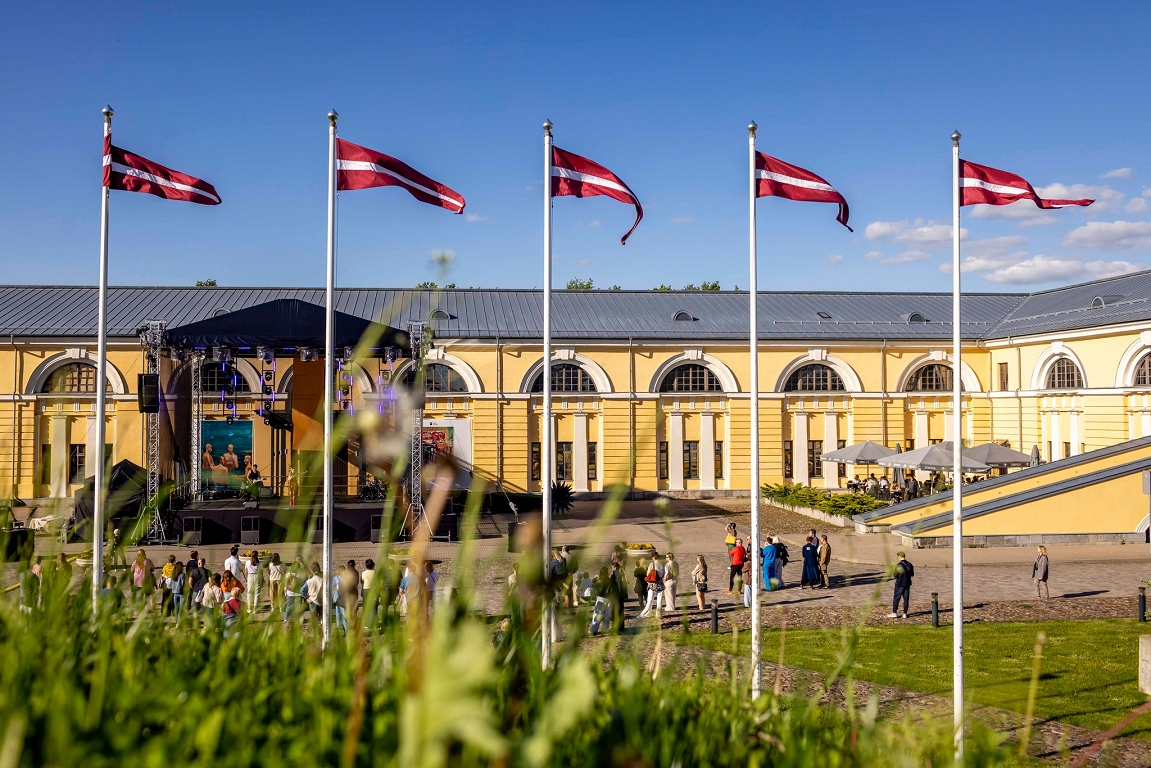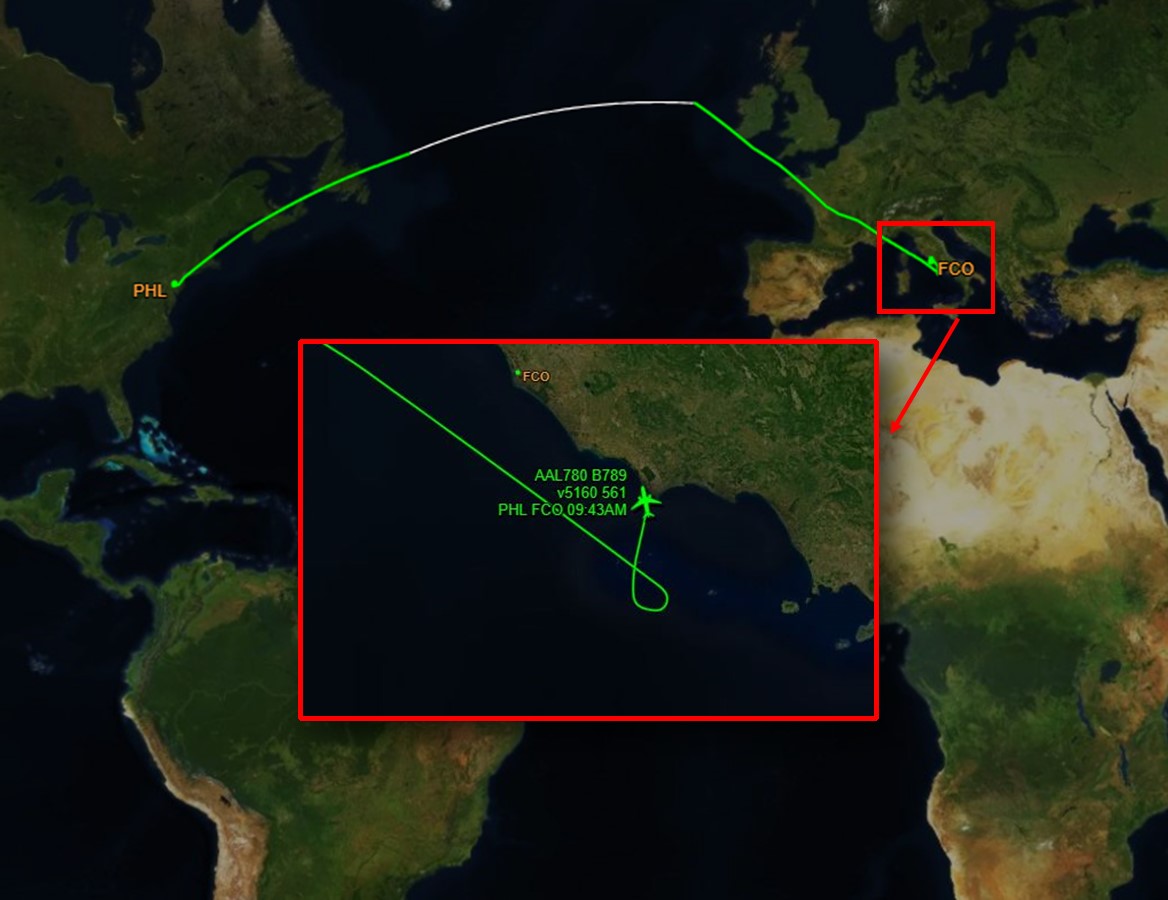Whale and dolphin « suicide ». Why do they do so? / Day

Those radical green people who believe that all cetacean problems are to blame for a person with their ships, sonars, wind turbines and apostasy oil production platforms, The Indian Express recalls some simple truth. The incomprehensible desire of large marine mammals to get to land, where they have no chance of survival, once described by the ancient Greek philosopher Aristotle. He lived in the 4th century BC, when talking about the influence of a person on the sea or ocean ecosystem was simply funny – beyond a couple of kilometers from the coastal boats, even the brave fishermen did not travel. On the other hand, live dolphins or, better yet, whaling on the beach was not considered a natural disaster and tragedy, but to the heavenly gift – the people in the neighborhood rushed to collect both meat for food and fat that was useful for all sorts of purposes.
Totally exclude the possibility that people's actions have somehow affected this process, of course, is not possible, writes Livescien- ce.com. However, scientific research sometimes leads to results that radical environmental defenders believe that all problems are blamed alone Homo sapiensthe yard doesn't like it.
First of all, it should be borne in mind that the world's population, for example, has grown rapidly from 1.6 to 8 billion people. And this means that the remote place where, at the beginning of the last century, no one would not even notice the mass of marine mammals on the shore is becoming less and less. The second factor is the change in the circulation of information, as no one who has noticed such an accident should rush to inform local television or radio – it is enough to have an impressive video on a social network to spread all over the world. And thirdly, after most countries in the world agreed on a whaling ban in 1982, the number of these animals has increased rapidly, there is competition for better feeding sites, which sometimes lead to fatal consequences.
Drama in Tasmania
In the second half of February, many worldwide media focused on the drama that took place on Australia's Tasmania Island. There were more than 150 so -called false swords on the shore (a dolphin in Pseudorca Crassidens), however, despite all the efforts of the rescuers, the animals were killed. Part of them had to be shot to end the suffering of mammals because experts admitted that the hope of survival would not be even if they succeeded in returning to the ocean, writes Deutsche Welle.
Read the entire article in the magazine Saturday 7. – March 13th! The contents of the magazine in both printed and digital format can be subscribed to our new website Here!






